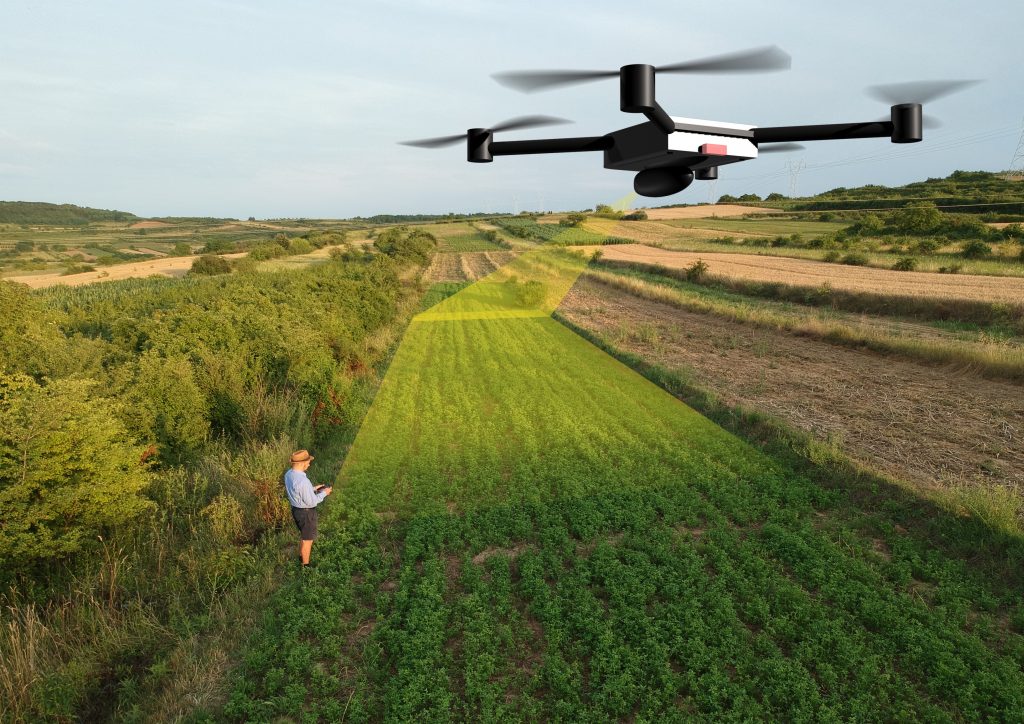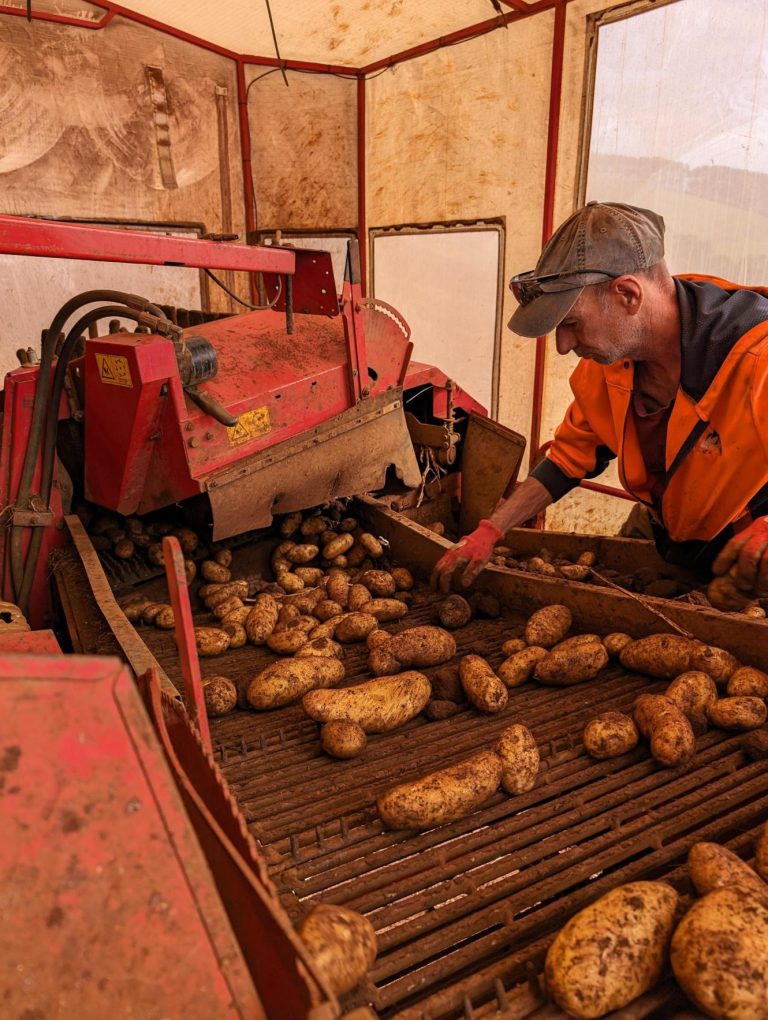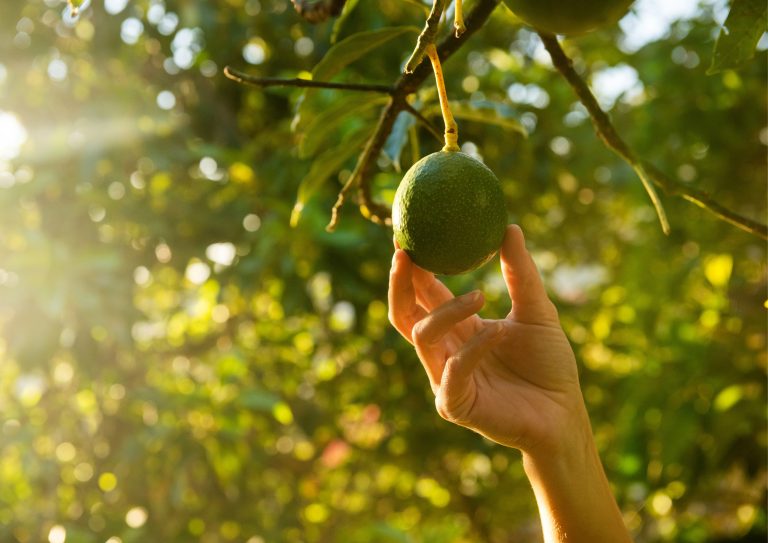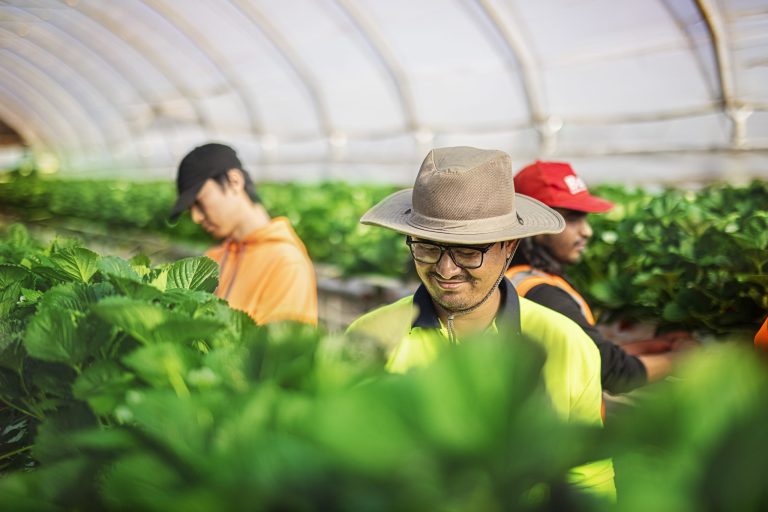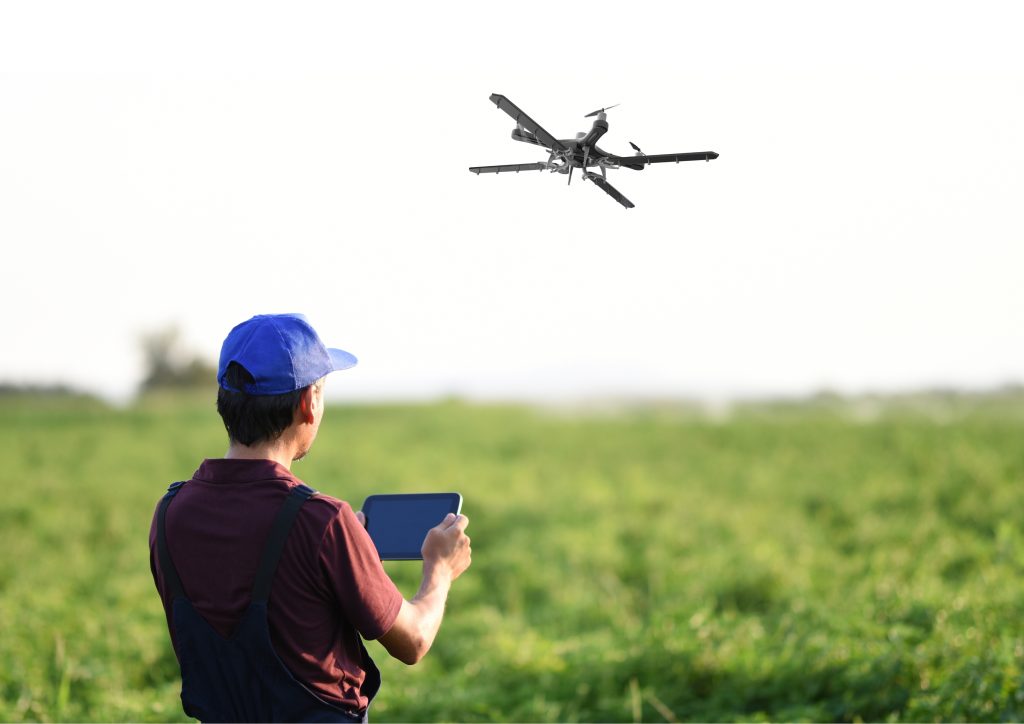
Australia’s horticulture industry is on the brink of a technological revolution, driven by the rapid adoption of drone technology, and innovative companies like Taz Drone Solutions. These innovative machines promise to transform traditional farming practices, enhancing efficiency, precision, and sustainability. From shading paint application to automated plant counts, drones are poised to change the way we approach farming. Let’s explore the emerging trends and applications of drones in horticulture that are reshaping the industry.
Shading Paint Application
Drones offer a safer and more efficient method for applying shading paint to protect crops from excessive sunlight. This task, traditionally performed by workers on the roof of greenhouses, is now done with drones, significantly reducing the risks involved and increasing the precision and speed of application. This technology is gaining traction in the UK, where drones are already being used to shade greenhouses efficiently.
Fertiliser Application and Crop Monitoring
Equipped with sensors and advanced imaging technology, drones can analyse crop health and detect nutrient deficiencies. This data enables the precise application of fertilisers and bio stimulants, optimising resource use and enhancing crop yields. Additionally, drones can perform detailed crop monitoring, providing real-time data on plant health, growth stages, and potential yield estimates. This capability allows growers to make informed decisions on irrigation, harvest timing, and overall crop management. This practice is becoming increasingly common in the United States, where drone technology is being leveraged for precision agriculture.
Reseeding Inaccessible Areas
Drones excel in reaching areas that are challenging or hazardous for traditional methods, such as steep hillsides or marshy fields. By dispersing seeds in these difficult-to-reach locations, drones play a crucial role in restoration efforts and help maintain biodiversity in various ecosystems. This application is particularly advanced in countries like Canada, where drones are used for reforestation and conservation projects.
Disease and Pest Monitoring
One of the most promising applications of drones is in disease and pest monitoring. With high resolution cameras and multispectral sensors, drones can swiftly detect early signs of disease or pest infestation, enabling timely intervention. This early detection can significantly reduce crop losses and minimise the need for broad spectrum pesticide applications, in turn, supporting more sustainable farming practices. The US is at the forefront of this technology, with drones being used extensively for pest and disease management.
Beneficial Insect Dispersal
Drones can also be used to distribute beneficial insects over large areas, providing a more consistent and efficient alternative to manual dispersal. This technique is particularly useful in integrated pest management strategies, where biological control methods are employed to manage pest populations. This application has been notably successful in parts of Europe, where drones are used to release beneficial insects like ladybugs and parasitic wasps.
Spotlight on Australian Innovation: The Single Shot Drone
A standout in the field is the innovative Single Shot drone, developed by Australian mechanical and aerospace engineer Ben Single. This cutting edge drone technology is designed for precision weed detection and selective spraying, significantly reducing chemical use and environmental impact. Ben Single, along with his family, has been at the forefront of conservation farming on their broadacre property near Coonamble, New South Wales.
The Single Shot drone is equipped with a sensor and proprietary software capable of mapping up to 1,500 hectares in a single day. It identifies and geolocates weeds as small as 4cm, allowing for precise spraying based on a pre-developed map. This technology not only cuts down on the amount of chemicals used but also offers significant cost savings, particularly when dealing with expensive, resistant weed treatments.
The drone’s data processing is done on site, a unique feature that eliminates the need for internet connectivity, which can be a limitation in remote farming areas. This capability ensures that the data is processed as quickly as it is collected, streamlining the workflow from detection to action.
The Single Shot technology is already making waves on farms across Queensland and New South Wales, with plans for international trials in the United States. Ben and his team are also working towards developing green-on-green detection capabilities, which would allow the system to identify weeds among crops, expanding its utility beyond traditional agricultural settings to areas like national parks.
Looking Forward
The potential for drones in horticulture is vast, extending beyond current applications. As technology advances, we can expect drones to play an even more integral role in tasks such as spot spraying of pesticides, precision planting, and real-time crop analytics. However, the widespread adoption of these technologies will require addressing regulatory challenges, particularly concerning the use of plant protection products (PPPs). Close collaboration between manufacturers, operators, and regulatory bodies will be essential to ensure safe and responsible drone usage.
The integration of drone technology in Australian horticulture represents a significant leap forward in agricultural innovation. By embracing these advancements, the industry can achieve new levels of productivity, sustainability, and profitability, setting a precedent for the future of farming in Australia. Whether you’re a grower looking to optimise your operations or a tech enthusiast fascinated by the potential of drones, the future of horticulture has never looked more promising.

